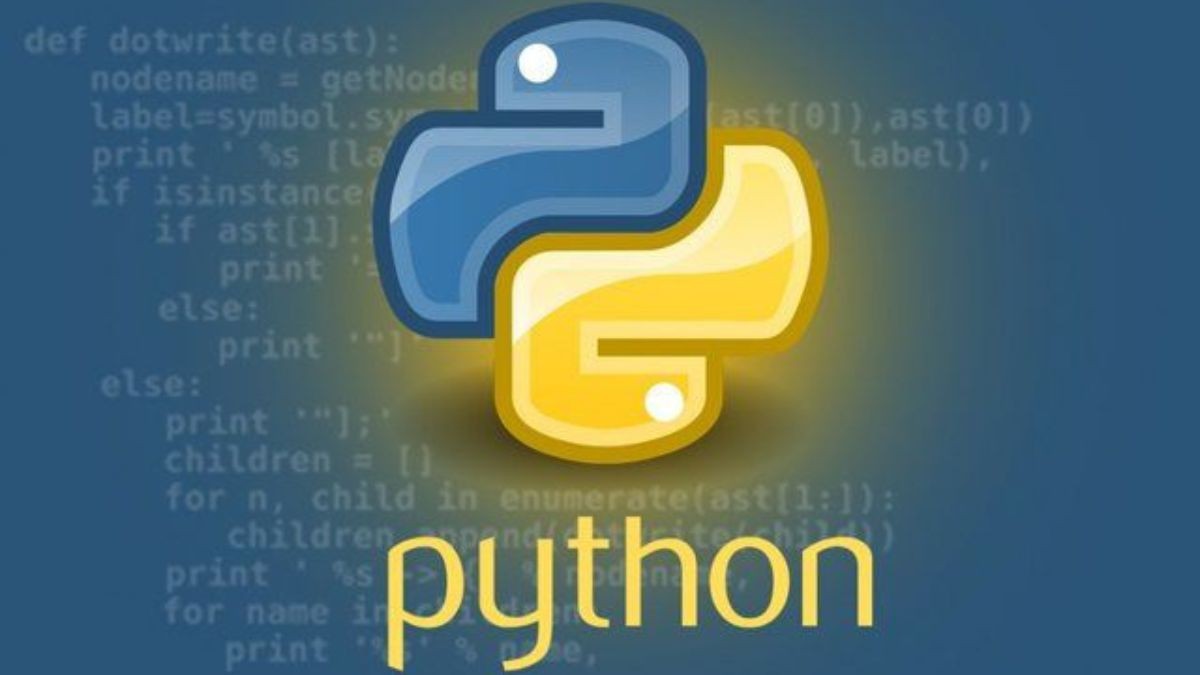Python, a powerful yet simple programming language, has gained immense popularity across a range of fields, from web development to data science and artificial intelligence. Its versatility, ease of use, and extensive library ecosystem have made it one of the most favored languages for developers, scientists, and engineers. But what makes Python stand out, and why has it become such an integral part of modern computing?
The Simplicity and Readability of Python
One of the primary reasons for Python’s widespread adoption is its simplicity and readability. Python’s syntax is designed to be clear and intuitive, which makes it an excellent language for beginners. Unlike some other programming languages that have complex syntaxes, Python uses indentation to structure code, which enhances its readability and reduces errors.
For example, creating a function in Python is straightforward and easy to understand, even for someone new to programming. This simplicity also means that developers can write and maintain code more efficiently, leading to increased productivity.
Python and Web Development
Python’s versatility shines through in web development. With the help of web frameworks like Django and Flask, Python makes it easier to create dynamic, scalable web applications. Django, for instance, comes with many built-in tools, such as authentication, database management, and URL routing, which speeds up development. Flask, on the other hand, is a micro-framework that offers flexibility and scalability for smaller projects.
Python’s strong support for web development, combined with its simplicity, makes it an attractive choice for startups and large companies alike. Many popular websites, including Instagram, Pinterest, and Spotify, rely on Python for their backend operations.
Python in Data Science and Machine Learning
One of the areas where Python truly excels is data science. Python’s rich ecosystem of libraries, such as NumPy, Pandas, and Matplotlib, allows data scientists to manipulate, analyze, and visualize data with ease. For instance, NumPy provides powerful tools for numerical computing, while Pandas makes it simple to work with structured data in tables (dataframes).
Machine learning and artificial intelligence (AI) have also seen a huge shift toward Python in recent years. Libraries like TensorFlow, Keras, and Scikit-learn allow developers and data scientists to build and train machine learning models quickly and efficiently. Python’s clear syntax, paired with these specialized libraries, enables professionals to focus on problem-solving rather than spending time on language-specific details.
In addition to its use in machine learning, Python is widely used for tasks such as web scraping, natural language processing (NLP), and data visualization, all of which are critical in the data science workflow. Whether analyzing large datasets, developing recommendation systems, or conducting predictive analytics, Python has become the go-to language for data-driven tasks.
Python and Automation
Another area where Python has proven invaluable is automation. The language’s simplicity and vast library support make it an excellent choice for automating repetitive tasks. Whether it’s automating file management, web scraping, or data extraction, Python provides a quick and easy solution. Libraries like os and shutil allow for file manipulation, while libraries like Selenium are used for automating web interactions.
Automation is particularly useful in industries such as finance, where tasks like data entry, report generation, and analysis can be automated, saving time and reducing the potential for human error. Python scripts can easily integrate with APIs, making it a powerful tool for automating workflows in almost any domain.
Python in Artificial Intelligence (AI) and Deep Learning
Python is at the forefront of the AI revolution, playing a significant role in deep learning, neural networks, and cognitive computing. Libraries like TensorFlow and PyTorch enable developers to build complex deep learning models, which are the backbone of AI technologies like image recognition, voice assistants, and self-driving cars.
The simplicity of Python makes it easier for researchers and developers to experiment with and fine-tune machine learning models. This ease of use, combined with Python’s extensive community and open-source libraries, has accelerated the development of AI and deep learning technologies, making them more accessible and effective.
Python for Scientific Computing and Research
Beyond its use in data science, Python is also widely used in scientific computing and research. Researchers in fields like physics, biology, chemistry, and engineering rely on Python for simulations, modeling, and computational tasks. Python’s ability to handle large datasets, perform complex mathematical computations, and integrate with other languages like C and Fortran makes it an ideal choice for scientific applications.
The SciPy and SymPy libraries provide powerful tools for numerical analysis and symbolic mathematics, respectively. Additionally, Python’s ability to work with data visualization libraries like Matplotlib and Seaborn allows researchers to present their results in clear, insightful graphs and charts.
Python’s Community and Ecosystem
One of Python’s greatest strengths is its vibrant and active community. With millions of developers worldwide, Python’s community continually contributes to its growth and evolution. Open-source libraries, frameworks, and tools are constantly being developed and shared, allowing developers to solve a wide variety of problems efficiently.
Python’s ecosystem extends far beyond its core libraries. The Python Package Index (PyPI) offers thousands of third-party libraries for almost every use case imaginable, from web scraping to machine learning to game development. Whether you are building a website, analyzing financial data, or developing an AI model, Python’s ecosystem has something to offer.
Python in the Internet of Things (IoT)
Python’s ease of use and versatility also make it a popular choice in the Internet of Things (IoT) space. Raspberry Pi, a small and affordable computer, uses Python as its primary programming language. Python’s ability to interface with sensors, motors, and other devices makes it a great option for building IoT projects, from home automation systems to smart devices.
The simplicity of Python allows developers to quickly prototype and iterate on IoT applications, making it an ideal language for experimenting with new ideas and creating prototypes for innovative IoT solutions.
The Future of Python
Python’s future looks incredibly bright. Its flexibility and ease of use have made it the language of choice for a wide variety of applications, and its growing community ensures that it will continue to evolve to meet the needs of developers across industries. As fields like artificial intelligence, machine learning, and data science continue to grow, Python is well-positioned to remain at the forefront of technological innovation.
The demand for Python developers is also increasing, with companies across sectors actively seeking professionals skilled in Python programming. Its role in AI, data science, web development, and automation means that Python skills are in high demand in the job market.
Conclusion
Python’s power lies in its simplicity, versatility, and the incredible ecosystem it offers. Whether you’re a beginner learning to code, a developer building a web application, a data scientist analyzing complex datasets, or an engineer working on machine learning models, Python provides the tools and libraries you need to get the job done efficiently.
With its growing community, broad adoption across industries, and continued development, Python is set to remain one of the most popular and influential programming languages for years to come.

